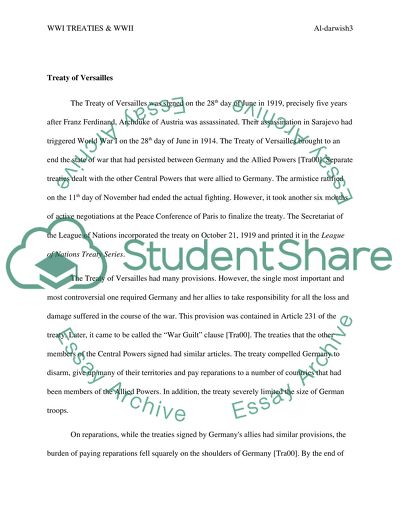Cite this document
(“Did the international discontinuities that resulted from the treaties Term Paper”, n.d.)
Retrieved from https://studentshare.org/history/1667897-did-the-international-discontinuities-that-resulted-from-the-treaties-ending-world-war-i-led-to-world-war-ii
Retrieved from https://studentshare.org/history/1667897-did-the-international-discontinuities-that-resulted-from-the-treaties-ending-world-war-i-led-to-world-war-ii
(Did the International Discontinuities That Resulted from the Treaties Term Paper)
https://studentshare.org/history/1667897-did-the-international-discontinuities-that-resulted-from-the-treaties-ending-world-war-i-led-to-world-war-ii.
https://studentshare.org/history/1667897-did-the-international-discontinuities-that-resulted-from-the-treaties-ending-world-war-i-led-to-world-war-ii.
“Did the International Discontinuities That Resulted from the Treaties Term Paper”, n.d. https://studentshare.org/history/1667897-did-the-international-discontinuities-that-resulted-from-the-treaties-ending-world-war-i-led-to-world-war-ii.


